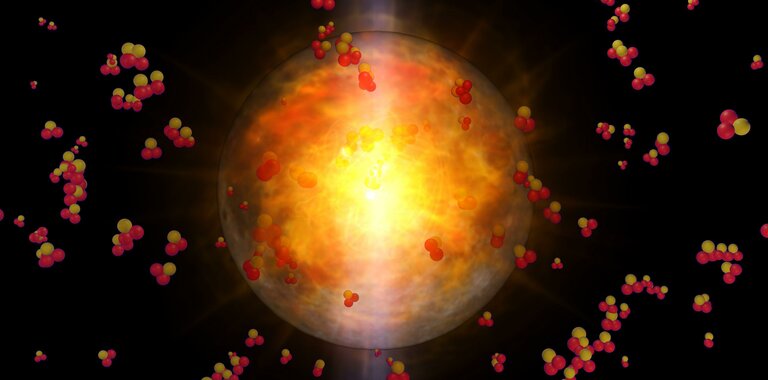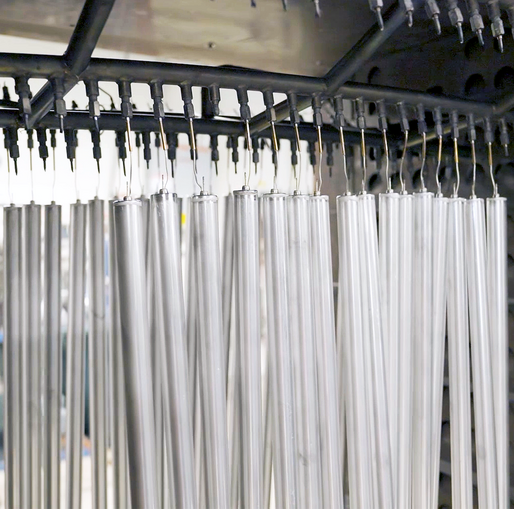
Helium-3: From Conversion to Detection
This is an excerpt from our whitepaper 'Helium-3 Gas Supply for Neutron Detectors in Homeland Security and Nuclear Safeguards Applications'
Helium-3 (³He) gas is a rare isotope of Helium that has a large neutron capture cross-section, enabling its use as a neutron detection medium. As a secondary benefit, ³He gas exhibits the characteristics of a proportional gas, i.e. a gas that, when an appropriate high-voltage is applied, will produce a charge pulse proportional to energy deposited by charged particles in the gas. Other proportional gases commonly used for detection of x-rays, gamma-rays, alpha, and beta particles include Argon or Nitrogen mixed with polyatomic quench gases such as carbon-dioxide. Detectors making use of these types of gases are referred to as proportional counters or gas-filled proportional counters.
Helium-3 sensitive volume
A typical configuration is shown on the right. A cylindrical housing (cathode) (~.3” – 3” diameter, 2”- 115” length) contains the proportional gas and anode (~0.001” diameter) running axially along the detector. A positive high voltage is applied to the anode relative to the cathode allows for charge produced due to particle interactions in the gas to be drawn toward the anode. In the region near the anode, high electric fields produce secondary charge due to collisions between the initial charges and the molecules of the proportional gas. The result is an amplified signal pulse that can be processed using basic commercial electronics.

For example, the Microstructured Semiconductor Neutron Detectors (MSND) shown below uses a structured silicon charged particle detector coated with a Boron-10 (10B) “reactive film”. The Boron-10 layer converts neutrons into alpha and Lithium-7 ions, which may travel into the semiconductor structure where they deposit charge and generate a charge pulse. In this case, some particle energy is lost in the converter material before the ions enter the silicon detector, and some trajectories exist in which the charged particles do not enter the silicon detector.
In the case of ³He proportional counters, the conversion medium serves as the charge particle detector. A neutron entering the gas volume of the detector is captured by a ³He nucleus, resulting in the emission of charged Triton and proton particles. The Triton and proton then deposit their energy in the 3He gas through ionization. The charge resulting from this ionization is amplified and collected on the anode as described previously. ³He proportional counters have proven scalability advantages over alternative technologies. The MSND example has a stated thermal neutron efficiency of 20%-30%, with a (12.6 mm)² area.
To compare:
- A 0.5” diameter ³He detector containing 6 atmospheres of gas has an efficiency of ~50%, independent of length.
- A 1” diameter ³He has a 75% efficiency.
- A 2” diameter detector has an efficiency of 92%.
³He Detective active lengths of up to 72” means very high efficiency detection capabilities are achievable.

